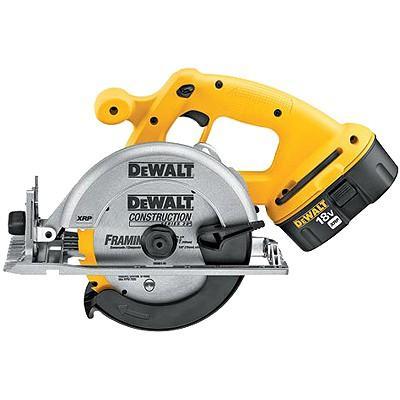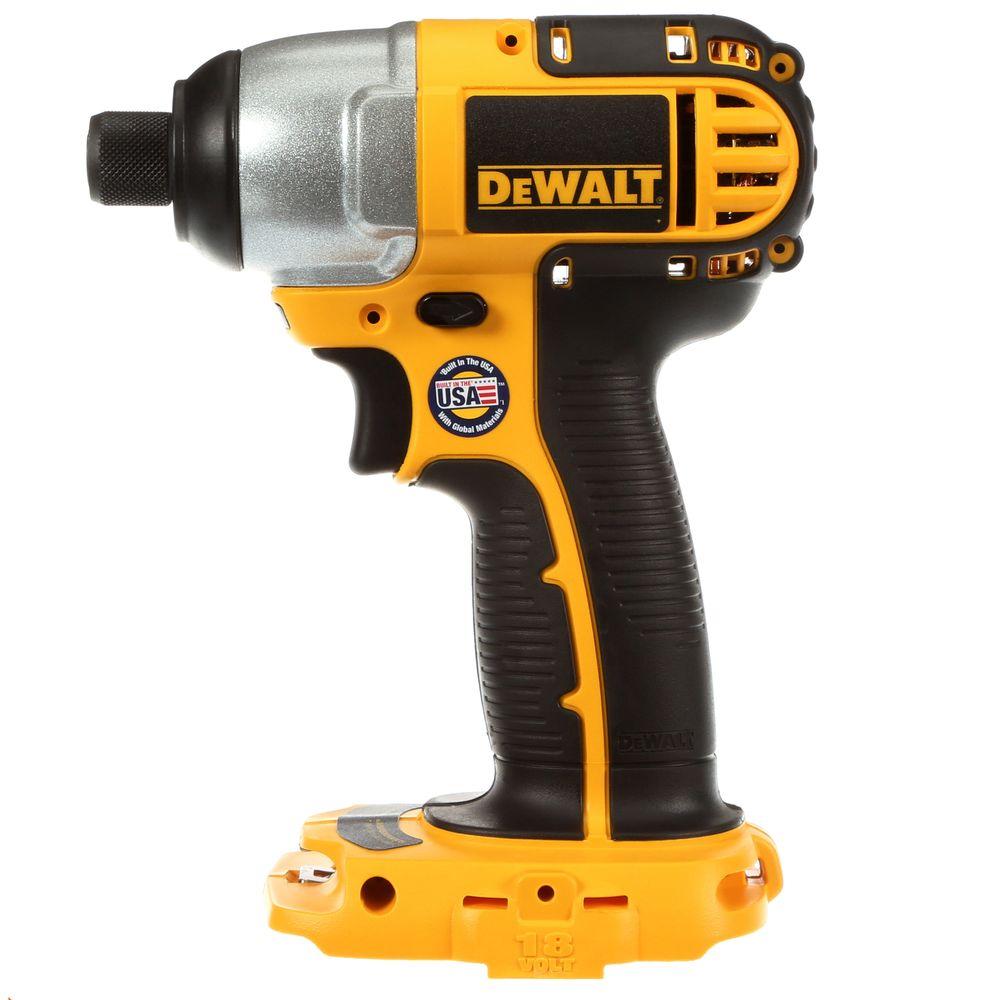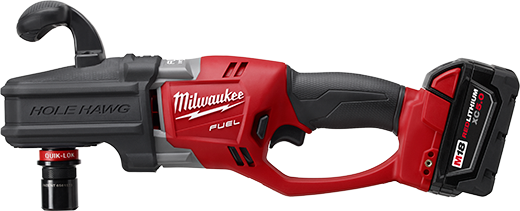Tool selection for a comfortable hip pouch is an critical compromise. Too many tools are a burden that impinges on the required athleticism of the all-round wireman. Too few and you'll be running back to the truck too often. Dad's pouch included the following tools:
• Large straight-blade screwdriver. This is likely to be pressed into service as a pry bar or chisel.
• Small straight-blade screwdriver. Also good for punching small holes and probing behind drywall.
• Long-nose pliers. You simply can't be an electrician without these bionic fingertips - most often used to wrap the end of a wire around the head of a screw.
• Folding electrician's knife. Used for stripping insulation off wire and many other things.
• Diagonal cutters. Fondly referred to as "dikes." A good pair of high-leverage Kleins are worth their weight in gold and will cut nails almost as easily as copper wire.
• Lineman's Pliers. These have a broad, flat nose with generous knurled gripping surface and side cutters. Also, not bad as a little hammer to beat on the end of a screwdriver.
• Electrical tape. Uses are obvious - binding things together and insulating live parts.
To this basic assortment I soon added the Phillips screwdriver as we increasingly encountered this type of screw. Next was the 1/4" nut driver as we began using a hex-head screw to mount things on wood. After about 15 years of doing things Dad's way I began to make adaptations of my own. I changed to a different model of Klein leather pouch that included a hammer loop. I threw out the lineman's pliers because they are heavy and I found that 95% of the time I had been using them as a hammer against the end of my screwdriver. The only wire strippers Dad had were a bulky and complex contraption that gripped and stripped in one motion. Clever, but they didn't fit into a compact pouch so I either used a knife (slow) or made a trip to the truck to fetch the stripping gadget (inefficient). Some cheap and simple wire strippers to the rescue. I doubt Dad would have approved of this as he exhibited a great fondness for excessively complex solutions to mechanical problems. I tired of running back to the truck to fetch my bulky multi-meter merely to determine if a wire was hot so I added a little volt-stick type non-contact tester. I'd love to carry some Channellock adjustable pliers but they are a bit too large for my favored pouch so I find myself gripping and twisting things with long-nose. Plus, they rattle when I walk and it was the rattle of the electrical tape chain that finally irked me enough to induce me to whack it from my pouch. It's good to sever oneself from these little annoyances.
Tools in my current pouch.
Now I come to the selection of the tools that have made the most dramatic improvement in my professional life. These, I call my
Tool All-Stars.
Whenever I encounter an electrical box fastened down with the old flat-head, straight-blade wood screws I nearly shriek in horror at the suffering they undoubtedly wrought upon the old-time electricians. Just removing one is bad enough. It must have been sometime in the late 70's that electrical wholesalers started offering the Robertson Head sheet metal screws and drivers. Also known as Locked Recessed or square drive, these screws have long been the standard screw in Canada and have made a huge difference in the lives of electricians. They are not perfect but will take a lot of torque without stripping out and stick on the end of the screwdriver better that any economical and practical screw I've tried.
Robertson Head screw and driver
My first cordless drill didn't see much use. An electrician wants a drill with good power and battery life. The early drills were not up to the task. My second drill was a Makita that proved very handy. While it had nowhere near the power of a corded drill it served well enough to revolutionize the jobsite. Later DeWalt drills were much improved but the old Makita was an All-Star tool in its time.
Makita 9.6-volt cordless drill
Speaking of Dewalts, my collection of 18-volt yellow tools has proved to be much more robust than I would have imagined. The oldest drill is still going strong after 2 decades of heavy use and abuse. The Ni-cad batteries tend to last about 3 years before they become too week for hard industrial use. I try to have at least 3 good batteries in the truck ready to go. We've used them for driving screws more than drilling holes since much of our drilling involves 1/2" and larger holes through 2 or 3 layers of 2-by material but they have been a huge time saver. We also use them for cutting conduit holes on metal cabinets with carbide bits.
As a sub-category to the cordless drill I should give honorable mention to the keyless chuck. This invention has saved me almost as much time as the cord-free drill itself. Once exposed to this time-saver I began to loath the chucks on my corded drills. I managed to find a 1/2" DeWalt pistol-style corded drill with a keyless chuck and a button on the side to lock the rotor while applying a goodly amount of torque to the chuck collar. My only real complaint with this drill is that it has almost too much power for one-handed use. This has forced me depend on the big right-angle Timberwolf for heavy drilling.
Dad always bought GMC pickup trucks and had a service body installed. These had 6 or more compartments on the outside making for easy access to tools and parts. The wide horizontal door swung down to form a very useful work bench. When I talked to electricians working out of a standard cargo van I always got negative reviews. They had to crawl over a pile of parts to get to anything. The problem we had with our service bodies was the low, Dad-built canopies which required us to crawl over a pile of parts to get to the items too large to fit into the side compartments. I tried going without the canopy but an open truck parked outside in a snowfall made for a real mess. When driving down the highway boxes holding lightweight parts had a habit blowing out in the wind.
As a solution I thought I might purchase a 10' box van and build doors and compartments into the side walls. This would give me a 6' ceiling inside plus all the utility of the service body. I was only beginning an internet search when I came across a box van that already had the side compartments. I knew the moment I saw the photo I had to have one. I was only able to locate this one used van for sale on a truck lot in Palo Alto. I flew down the next day and drove it home. This truck made electrical work almost fun. I can't imagine the agony of going back to the old trucks. It holds my conduit, 10' extension ladder and has 40 feet of shelving above a 4' X 10' floor.
Next on the list is a great cordless circular saw with an All-Star blade. I saw a new Milwaukee cordless, metal-cutting circular saw being demonstrated and knew I needed one. This saw was basically their standard cordless wood saw with an extended shroud over the blade to cut down on the flying metal shavings. It was fairly expensive so I reasoned that I might put up with the flying shrapnel and put the Milwaukee blade in a standard DeWalt saw I already had the batteries for. This has worked so well I haven't used a hacksaw once in over 10 years. It will cut 2" rigid conduit, uni-strut, re-bar and just about anything else, metal or plastic. It doesn't have enough "set" in the teeth for wood but is usable for short cuts.
The key is getting the expensive metal-cutting blade.
Here is a tool I didn't think I really needed but now I use it all the time. A home handyman told me his impact driver "changed his life" so I thought it deserved a second look. It works like an compressed-air impact wrench on a smaller scale, using our existing DeWalt batteries. The really handy feature of this tool is the 1/4" snap-in chuck that accepts our numerous screwdriver and nut driver bits. It now drives most of our screws and uses less battery power doing it. I also found that snapping in a 1/2" socket drive adapter and 1" socket, it has enough beans to use with a 2" Knock-Out punch. This saves a lot of arm work wrenching on a big ratchet handle.
Battery technology has made great strides since I bought my first 18-volt DeWalt tool. Manufacturers have upped the ante with higher voltages, amp-hour ratings and lithium technology. I saw no reason to ditch my trusty DeWalts when they were serving so well and I had a lot invested in tools, batteries and chargers.
Then it happened. A plumber showed up at the job site with a drill that rocked my cordless world. Plumbers drill a lot of very large holes. It was plumbers that lifted the original 1970 Milwaukee Hole-Hawg to its reign as king of 1/2" drill motors. I never owned one but instead opted for the newer Black & Decker Timberwolf as it had a bit more power and worked in tighter spaces.
Enter the drill of my dreams -- the Milwaukee M18 FUEL cordless Hole Hawg. When the plumber told me he never gets out his old corded drill when drilling out a new house I was totally captivated. I watched him buzz through a double 2X6 with a 4-1/4" hole saw in mere seconds and I came down with a severe case of power tool envy. It was only when I learned the price that I had to take a deep breath and ponder the necessity of owning such a piece.
This new drill is amazing and worth the price. We drilled out an entire 3-bedroom house on 2 battery charges! It runs through 6 stacked studs with a 3/4" auger bit faster than the mighty Timberwolf! How is this possible? I don't really know but I think it has something to do with the new brushless DC motor technology. I went for the big 9 amp-hour battery and this drill just rocks. If that wasn't enough, it comes with a snap-in chuck that accepts all my newer auger bits and a hole saw arbor. No more fumbling for the chuck key. No more time spent twisting and wrenching to insure the bit is held tight in the chuck. This drill is so impressive I bought a second one. How many times have I climbed a ladder only to find the extension cord is caught on something forcing me to climb back down and back up again? They should eventually pay for themselves in increased productivity. Until then they make the work a lot less aggravating and that is worth a lot.
Wonder Drill of the AGE









